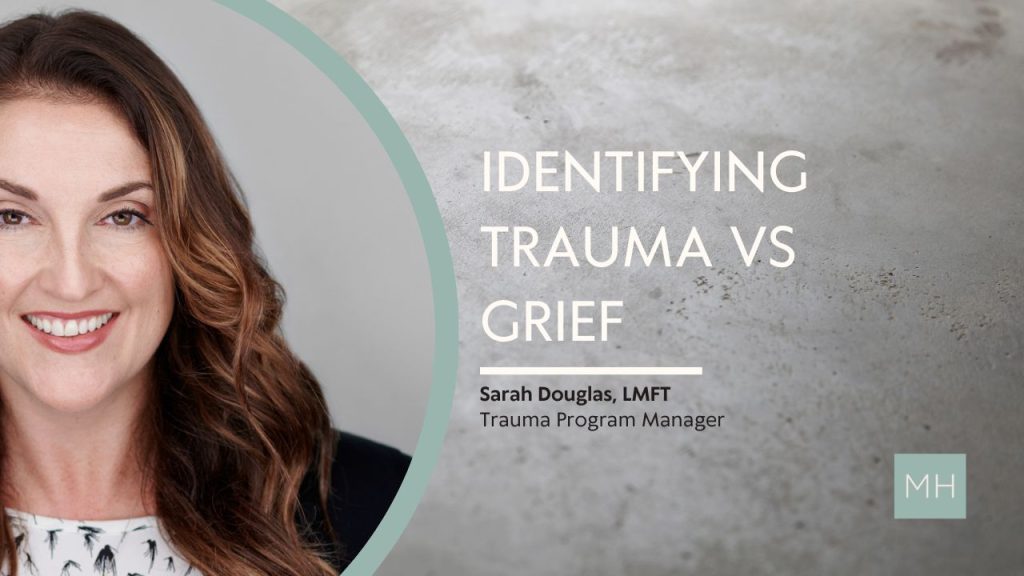How somatic interventions support narrative exposure treatment
AN INTERVIEW WITH: DR. KRISTEN ZALESKI, PhD, LCSW | CHIEF CLINICAL OFFICER
Interview
WHAT ARE SOMATIC INTERVENTIONS?
Somatic psychotherapies are something that have always been in the psychotherapy world, but they hadn’t had the practice-based evidence. People hadn’t started really embracing them, learning them and understanding them until the decade of the brain of the nineties happened, and people started saying, “Look, these cognitive modalities are really great, but it treats the human cognitions part of our brain. But what about our body?” A lot of clients, when they’re recovering from depressive thoughts or trauma disorders, they will say, “I know I shouldn’t be thinking this way” or “I know this isn’t the truth, but my body feels like it is.” That was sort of validated in neuroscience, and then the field of psychology started doubling down on more of those somatic interventions. So what are they? They are the use of the nonverbal parts of your brain and body. An easy common way that people use somatic interventions right now is mindfulness. Meditation, the use of the breath. You’re not using your cognitions as much as you are calming your body through your breathing and all the systems set up around your breathing and including your heart rate, the cortisol, the adrenaline, all those things that might cause panic or anxiety.
HOW CAN SOMATIC INTERVENTIONS HELP TREATING TRAUMA?
In trauma, we are starting to lean towards Sensory Motor Psychotherapy, which we have here at The Collective, or Somatic Experiencing, which we have here at The Collective, which is actually helping the body remember and process moments that we haven’t really paid attention to. A small example of that is a car accident. There are many clients who have lived through a car accident, even a minor stressful car accident like being rear ended. When you bring up that memory for a lot of people, their body will start to remember as they tell the story. So you might see somebody tense up like this. So to work somatically, we will notice, “Oh look, your shoulders just lifted What’s happening?” And when you have the client pay attention to your shoulders lifting, they realize, “Oh yeah, I did that in the car accident. I think I’m bracing.” And you say, okay, well what does that mean, you’re bracing? “I think I’m scared.” And so by naming that, helping them notice how their body positions as they talk about the story and paying attention to the underlying emotions and experiences behind it, we can release that carried memory and really help people feel more integrated in their trauma, narrative, anxiety, depressive narrative than they have before. The somatic interventions are really helpful, particularly for the narrative exposure part of the treatment, and helping people finish that last bit of therapy that they couldn’t do when they were in the cognitive therapy world.
DO YOU HAVE A QUESTION?
Send our team a message or call 888.717.9355

